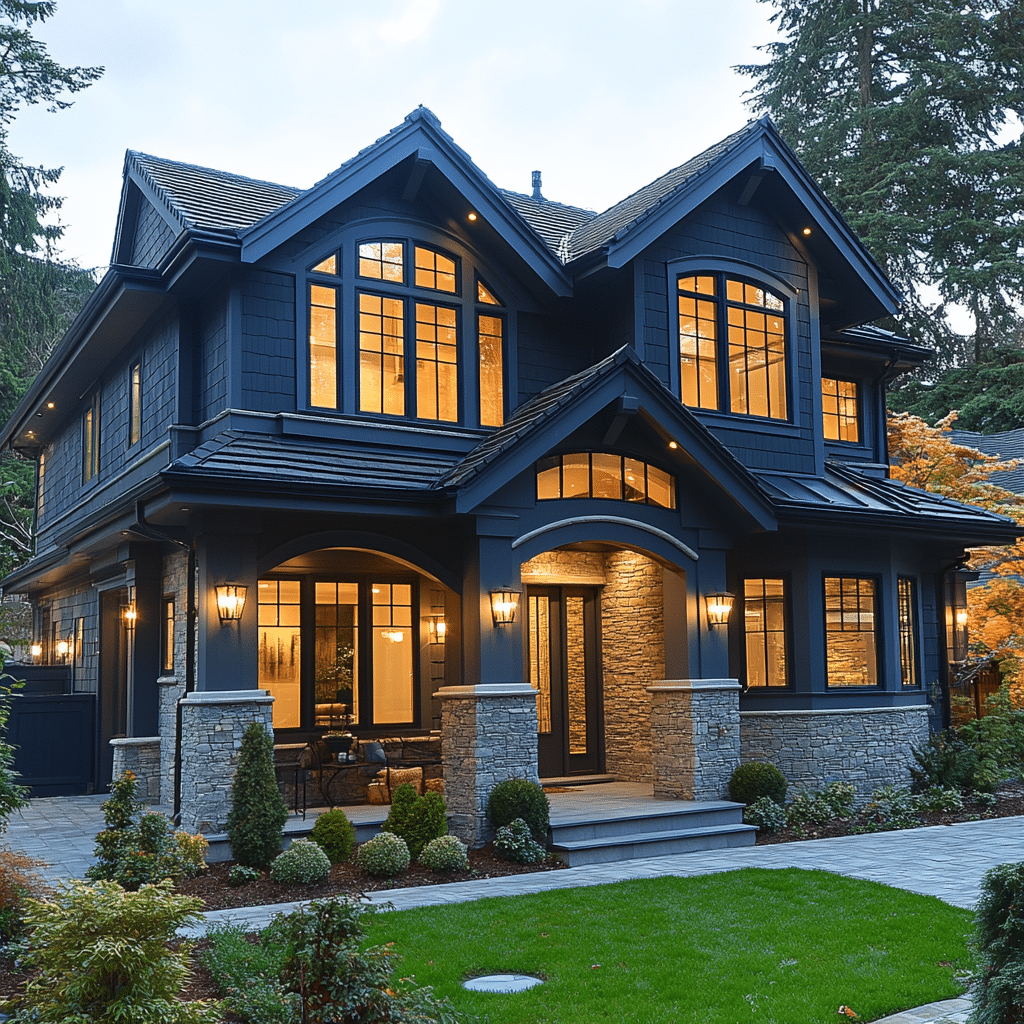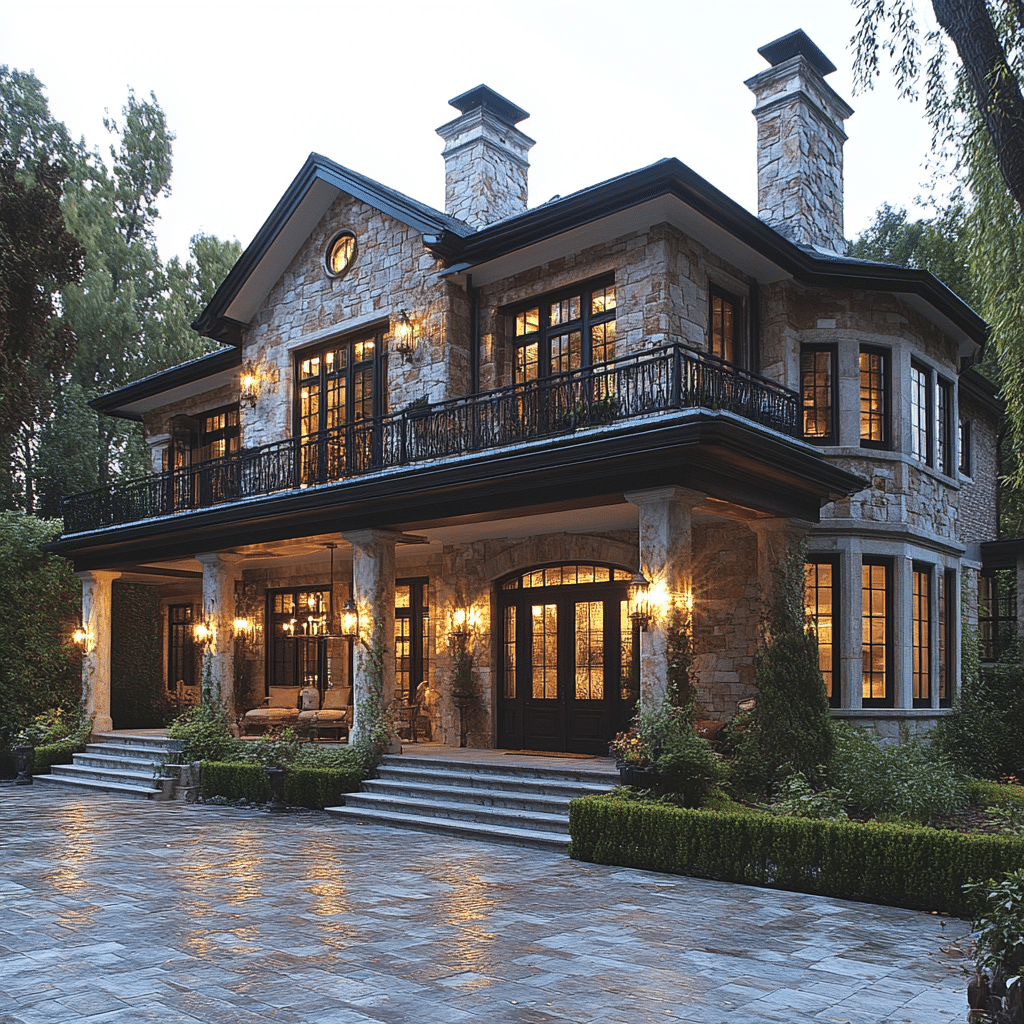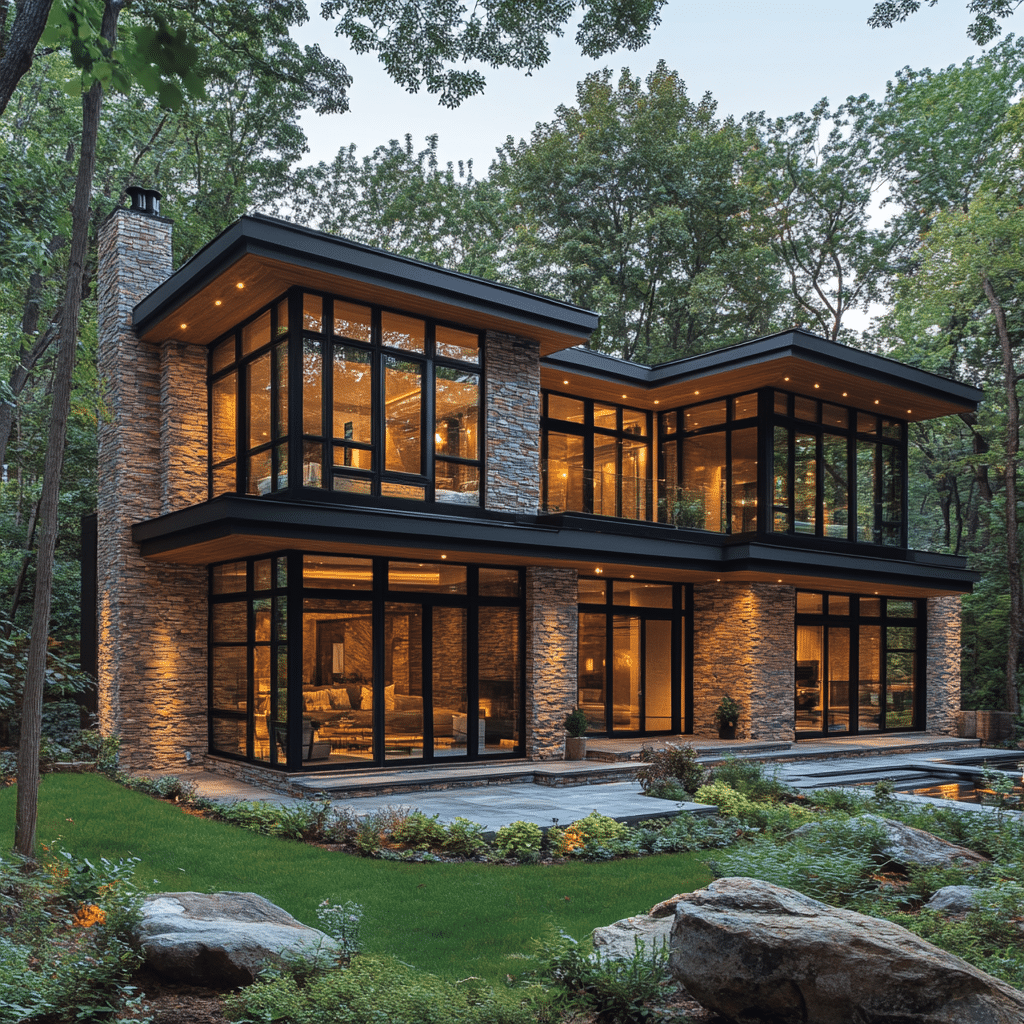As we progress through 2024, the housing market trends have significantly evolved, particularly in the average sq footage of a house. This article delves into these fascinating trends, showcasing how home sizes vary across different regions, buyer preferences, and economic factors. Additionally, we’ll dive into surprising stats that underscore the ever-changing landscape of residential architecture.

Historical Trends: How the Average Sq Footage of a House Has Changed Over Decades
The size of the average American home has transformed dramatically from the mid-20th century to today. In the 1950s, the average home was about 983 square feet. This figure nearly doubled to 1,660 square feet by the 1970s and 1980s. Fast forward to the early 2000s, the average sq footage of a house surged to over 2,200 square feet.
In 2024, the National Association of Home Builders (NAHB) reports the average house size is around 2,440 square feet. This growth stems from factors such as economic booms, changes in family size, and a shift towards larger, more accommodating living spaces. The trends reflect societal shifts, including the rise of home offices and entertainment areas.

Regional Differences in Average Sq Footage of a House
When examining the average square feet of a house, regional disparities become evident. A typical home in Texas, known for its expansive landscapes and relatively affordable land, averages about 2,700 square feet. Conversely, homebuyers in urban hotspots like New York City or San Francisco often make do with smaller homes, averaging closer to 1,200 to 1,500 square feet, mainly due to high real estate costs and limited space.
The Southeastern United States sees varied house sizes, with areas like Florida having homes averaging around 2,300 square feet, thanks to a mix of suburban and coastal properties. These trends highlight the significant impact of location on home sizes across the country.
| Region | Average Square Footage | Features | Typical Price Range | Benefits |
| Northeast | 2,100 sq ft | Older historic homes, colonial-style, multi-story | $350,000 – $800,000 | Rich history, established communities, close to major cities |
| Midwest | 2,400 sq ft | Spacious layouts, large yards, single-family homes | $200,000 – $400,000 | Affordability, great for families, balanced climate |
| South | 2,600 sq ft | Modern homes, open floor plans, often with porches | $300,000 – $600,000 | Warm climate, diverse culture, growing job markets |
| West | 2,000 sq ft | Contemporary designs, eco-friendly features, often single-story | $500,000 – $1,000,000 | Scenic beauty, outdoor lifestyle, booming tech sectors |
| Pacific Northwest | 2,200 sq ft | Craftsman and modern styles, eco-friendly features | $400,000 – $700,000 | Sustainable living, vibrant community, proximity to nature |
| Southwest | 2,500 sq ft | Ranch-style homes, stucco exteriors, desert landscaping | $250,000 – $500,000 | Sunny weather, low maintenance landscaping, cultural diversity |
Impact of Economic Factors on the Average Sq Footage of a House
Economic conditions play a pivotal role in dictating the average home square footage. During economic downturns like the 2008 financial crisis, there was a noticeable reduction in home sizes, with average square footage dropping to around 2,169 square feet as builders and buyers leaned towards more economical choices. In contrast, the post-pandemic housing boom reignited interest in larger homes, fueled by remote work trends and the desire for multi-functional living spaces.
Periods of economic prosperity have historically led to an increase in home sizes, reflecting consumer confidence and available capital. This trend maintains a direct correlation with broader economic cycles.
Average Home Square Footage by Type: Single-Family vs. Multifamily
The type of housing significantly impacts average square footage. Single-family homes average around 2,500 square feet, offering more personal space and privacy. In stark contrast, multifamily units, such as apartments and condos, average around 1,200 square feet per unit. This distinction affects living experiences and market demand, shaping buyers’ decisions.
Single-family homes often feature more extensive layouts with additional rooms and amenities. Meanwhile, multifamily units leverage efficient design, balancing space constraints with functionality to cater to urban populations.
The Influence of Demographics on Average Sq Footage of a House
Demographic factors like age, family size, and income levels greatly influence the average square feet in a house. For instance, millennials, prioritizing location and affordability, tend to purchase smaller homes averaging around 1,850 square feet. On the other hand, Gen X and Baby Boomers, particularly those preparing for or already enjoying retirement, often seek larger homes averaging around 2,600 square feet, emphasizing comfort and ample space for family gatherings and hobbies.
This demographic variance reveals the differing housing needs and priorities among various age groups, contributing to diverse market offerings.
Builder Perspectives on the Average Square Feet of a House
Insights from leading homebuilders such as Lennar, D.R. Horton, and PulteGroup reveal strategic adjustments in home designs to cater to shifting consumer preferences. They’ve noted a growing trend towards flexible floor plans that easily accommodate home offices, gyms, and entertainment areas within the average square footage of new constructions.
Builders continuously innovate to blend functionality with aesthetic appeal, recognizing that modern buyers value adaptability in their living spaces. This innovation aligns with evolving lifestyle needs and economic conditions.
Future Projections: Where is the Average Home Square Footage Headed?
Looking ahead, several trends suggest potential changes in the average square footage of a house. The rise of sustainable living might promote smaller, eco-friendly homes. Meanwhile, advancements in construction technology could make larger homes more affordable. As urbanization persists, space-saving architectural innovations will likely bring a hybrid of functionality and compactness to mainstream housing.
Remote work trends and a heightened focus on sustainability will steer future designs. The balance between environmental impact and living convenience remains a key consideration.
Innovative Wrap-Up: The Evolving Landscape of Home Sizes
The average square footage of homes reflects a dynamic interplay of historical context, regional factors, economic trends, housing types, demographic shifts, and builder innovations. Understanding these complex factors offers a comprehensive view of residential preferences and future housing market directions. As we advance, the quest for the perfect home—regardless of its size—continues to inspire creative architectural solutions and evolving lifestyle trends. The average sq footage of a house tells a broader story of our values, aspirations, and adaptability in an constantly evolving world.
For more information on related housing topics or to explore our mortgage options, visit Mortgage Rater. Learn about septic leach fields if considering rural living, or discover Idalia spaghetti Models for weather forecasting. Plus, explore the Largest home in The Us to compare your dream home fantasies!
Average Sq Footage of a House: Surprising Stats
Ever wonder about the average sq footage of a house? You might be surprised by how much floor space has changed throughout the years. For example, did you know the size of the average American house has almost tripled since the 1950s? According to recent data, today’s homes typically span about 2,500 square feet. This is quite a leap from the modest 983 square feet average American house size back in the day. It’s clear that as lifestyles evolved, so did our craving for grander living spaces.
Historical Tidbits
Back in the early 1900s, families lived comfortably in much smaller homes compared to today’s standards. But not all areas followed the same trend. Take Baltimore, for instance. A city boasting both history and modernity, one can stumble upon charming row houses and the grandeur of the Baltimore Hilton – Inner harbor. Each space tells a unique story of how housing preferences and sizes have shifted.
Fun Facts
Here’s a little nugget for you: The largest residence in the U.S. is the Biltmore Estate, which spans a whopping 178,926 square feet — a far cry from our average! This Appalachian marvel contrasts sharply with the average home size but highlights how diverse the definition of “home” can be. Meanwhile, Maryland has its fair share of interesting properties. If ever curious, you might want to explore the unclaimed property Maryland manages. Sometimes, hidden gems lie in unexpected places.
Modern Trends
Pull out your magnifying glass because modern homes aren’t always what they seem. Despite the upsizing trend, some areas are seeing a resurgence in ‘tiny homes.’ These quaint abodes, often under 400 square feet, offer a cozy alternative to the sprawling spaces we’ve grown accustomed to. And while you’re strolling through neighborhoods, stay mindful of your surroundings. In certain parts of the nation, like Baltimore, house safety remains a priority with initiatives like black patrol ensuring security.
Homes, big or small, new or historical, tell stories about culture, lifestyle, and evolution. Whether you’re fascinated by mansions or charmed by cozy cottages, the diverse landscape of American homes continues to captivate.



